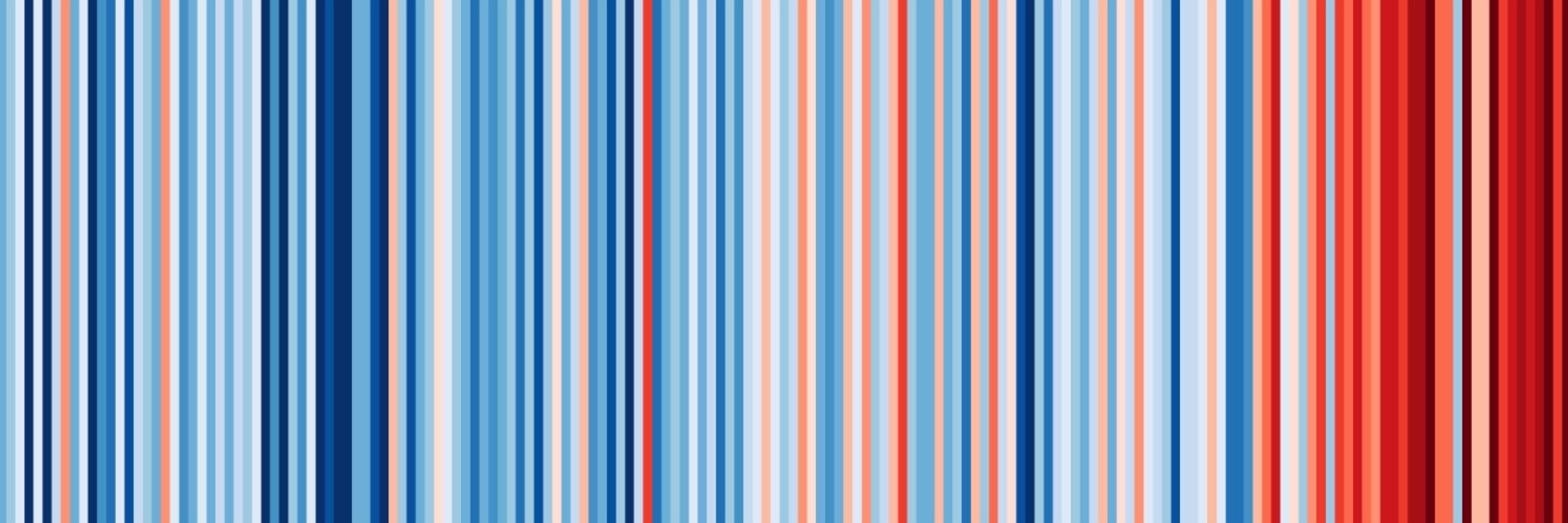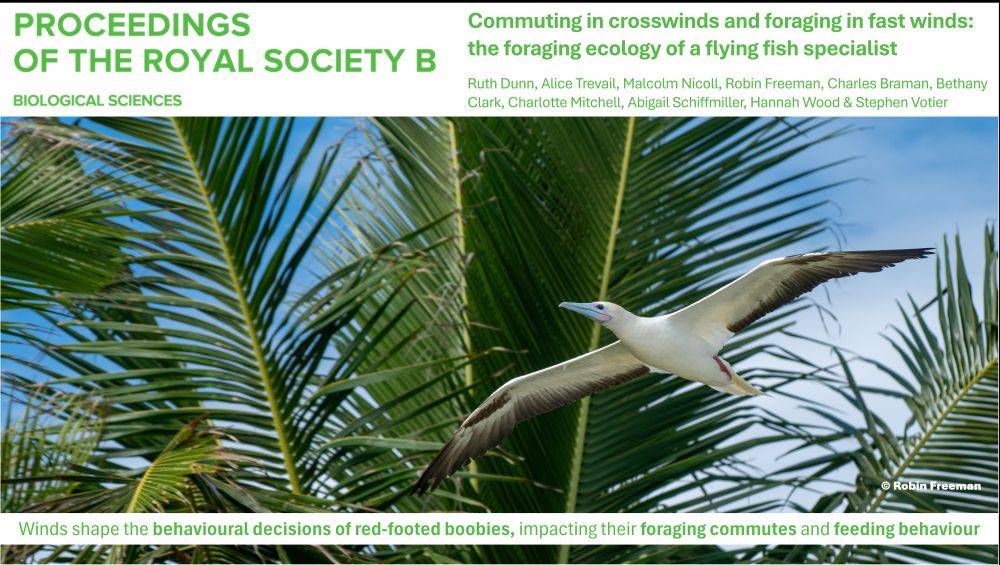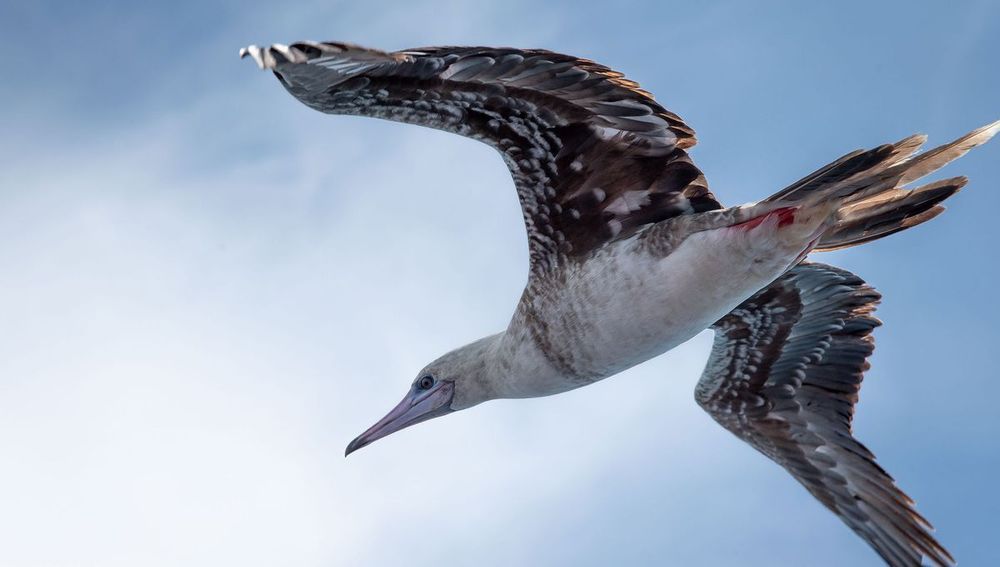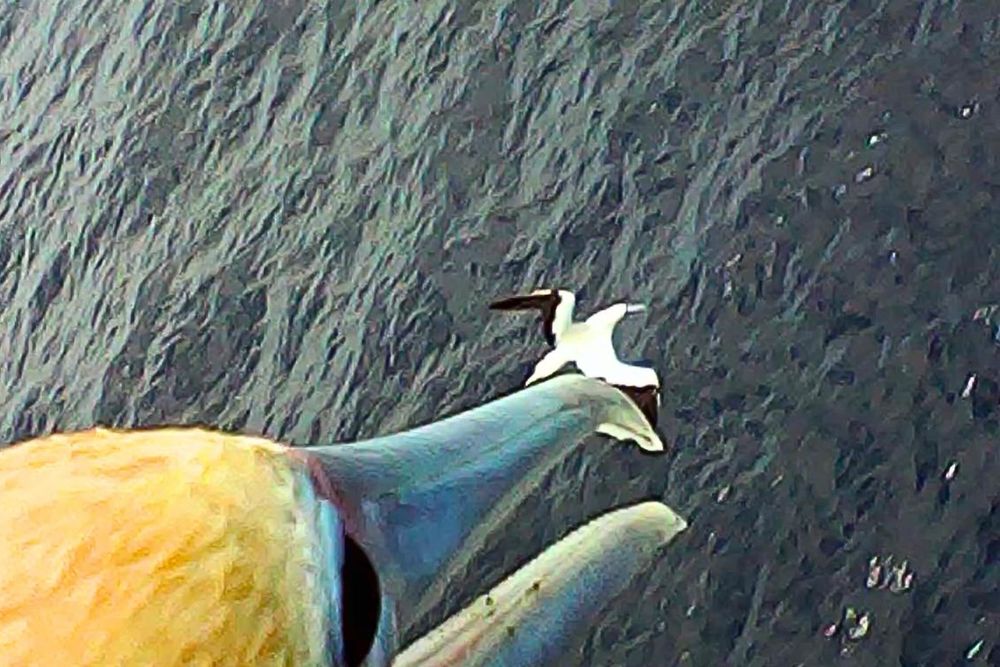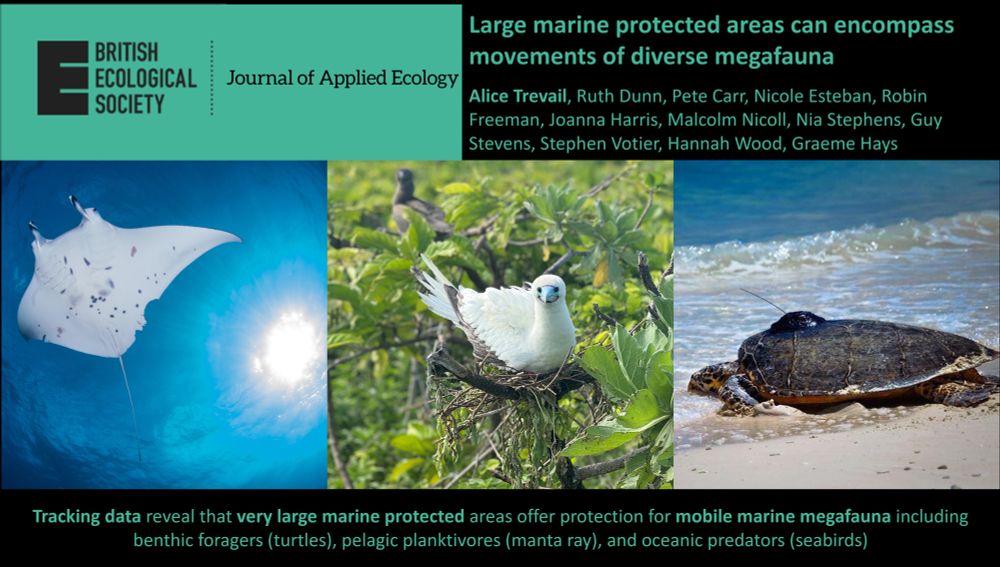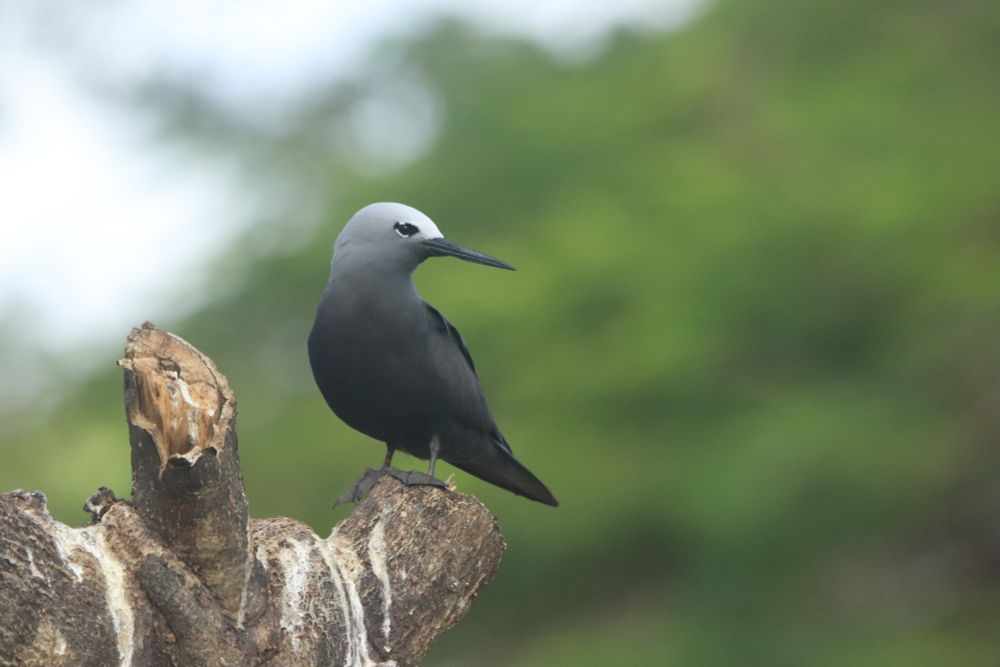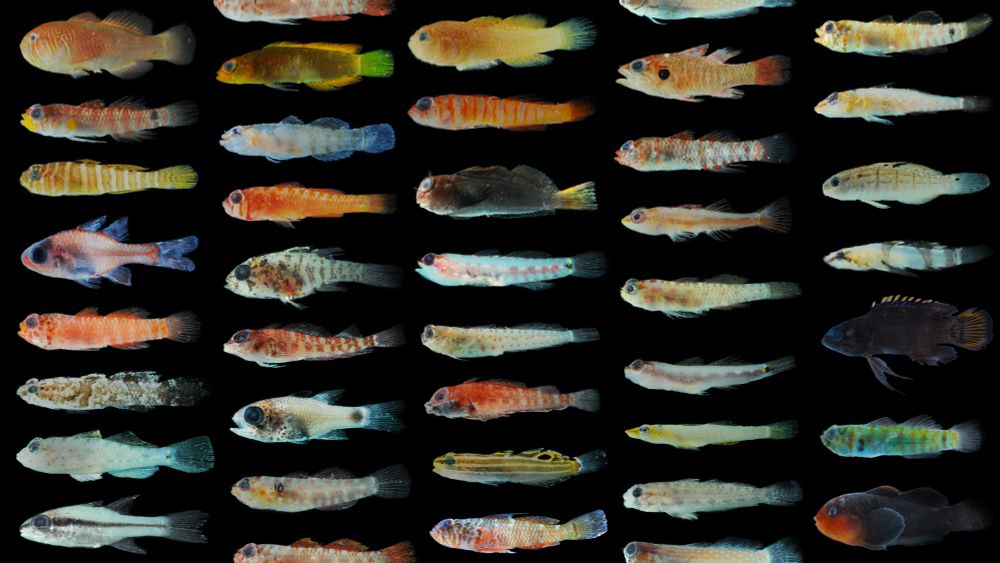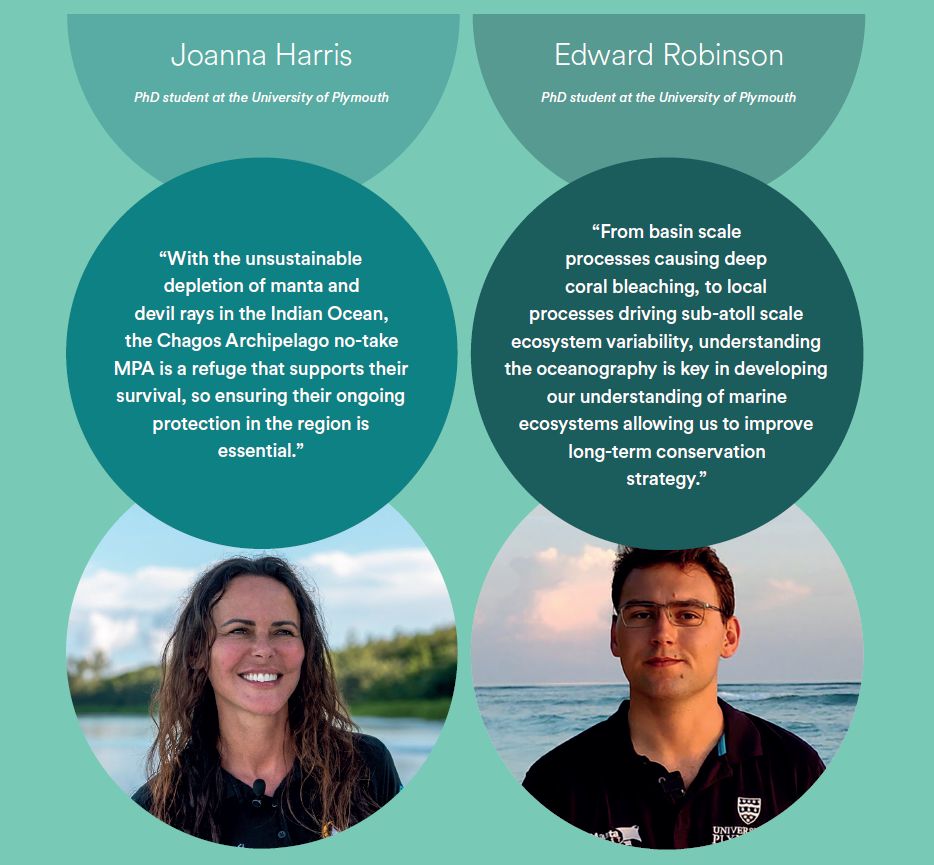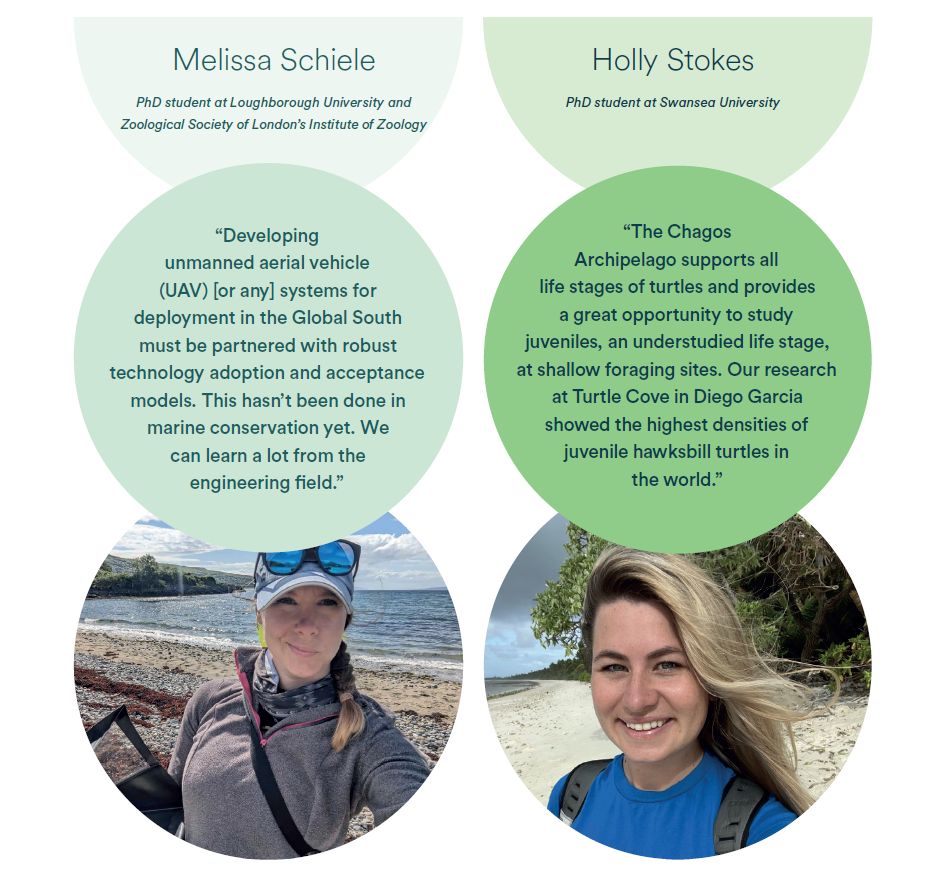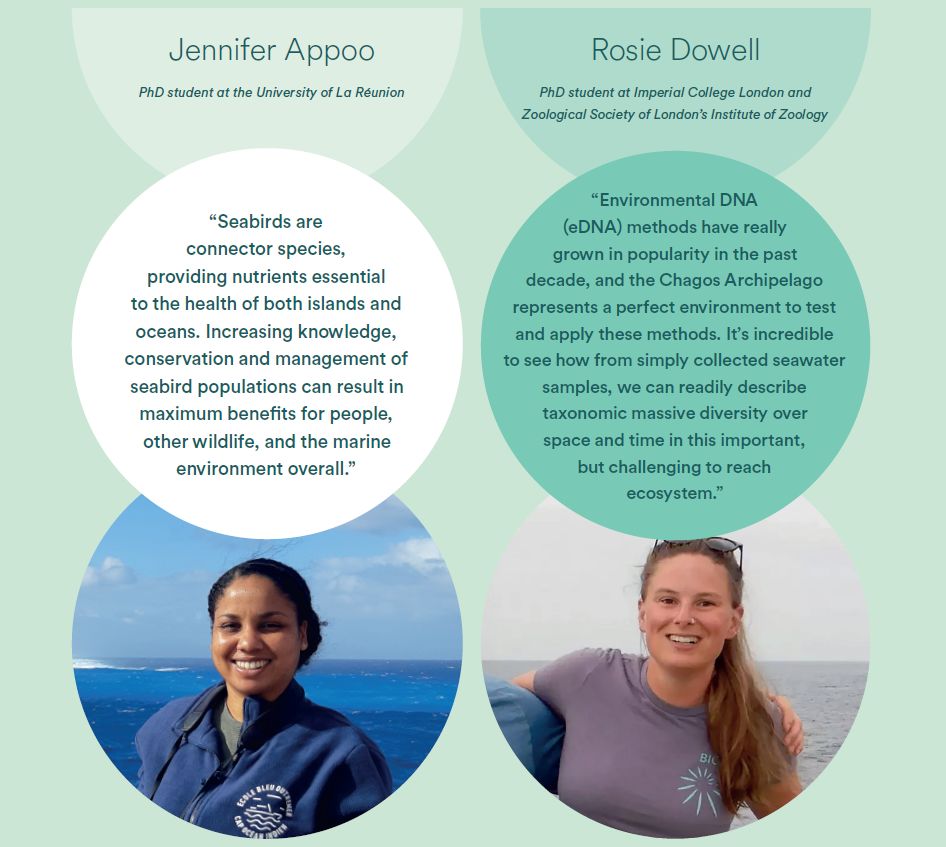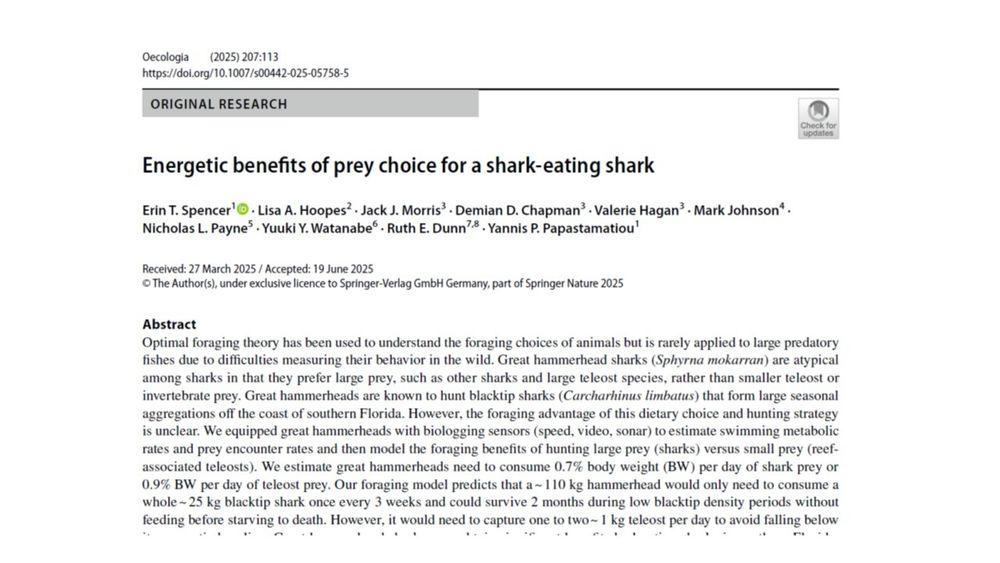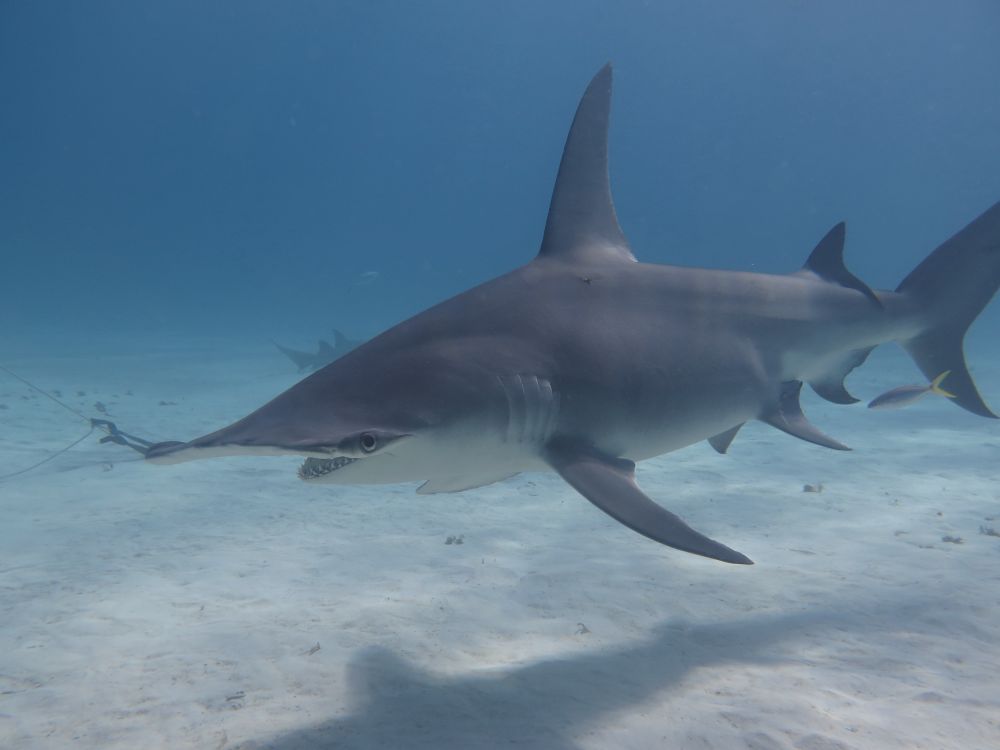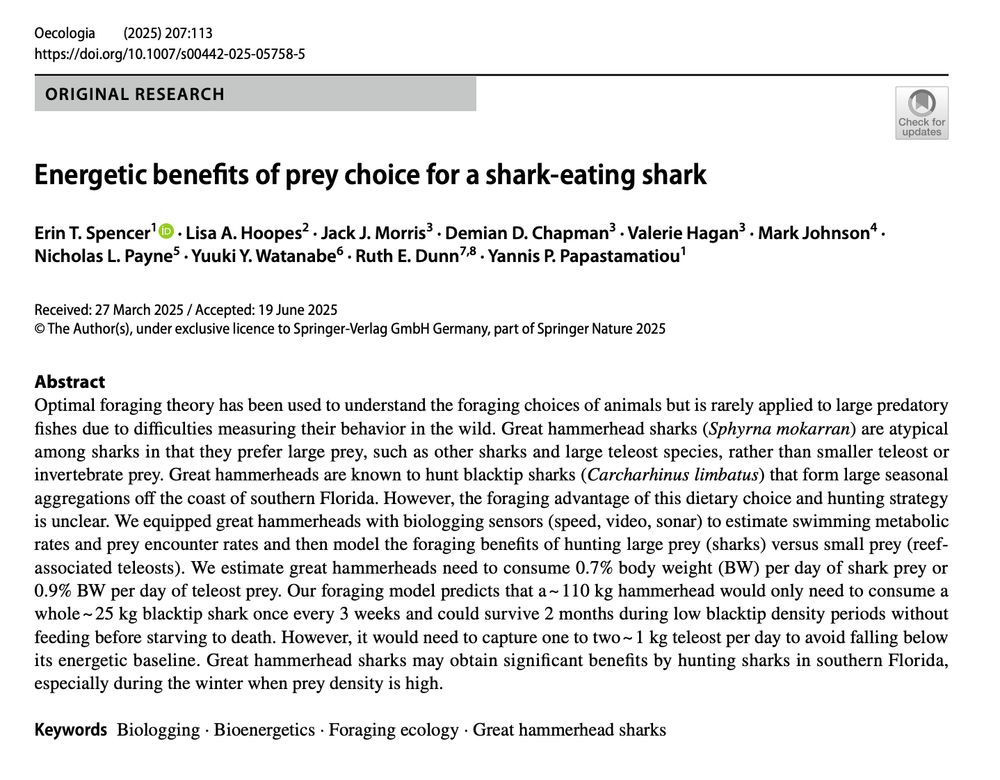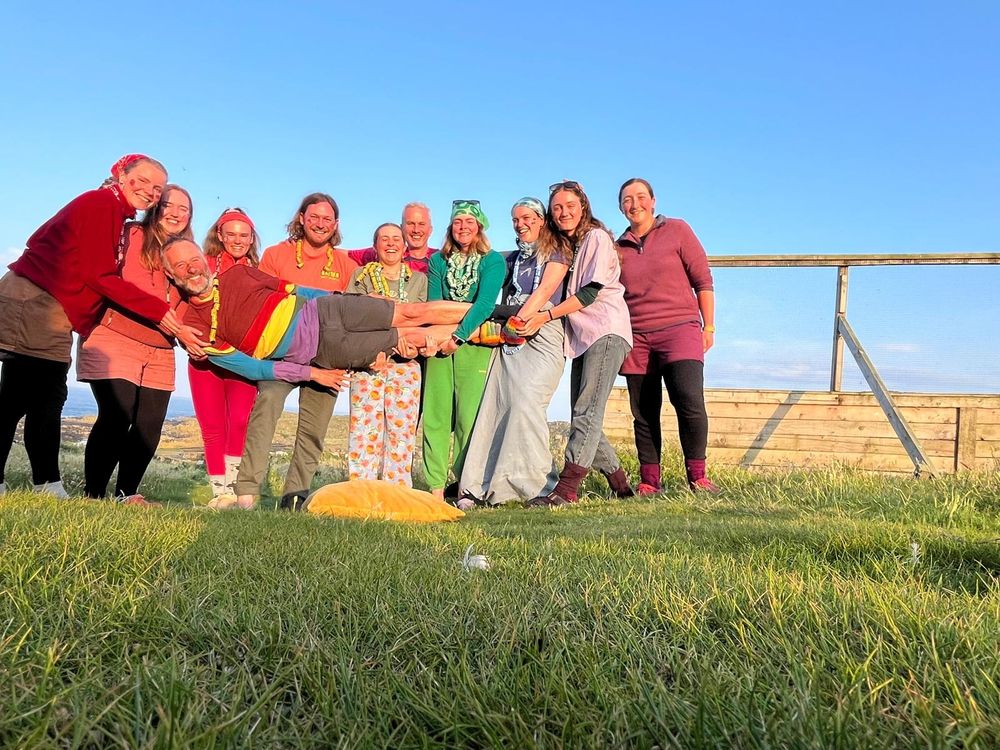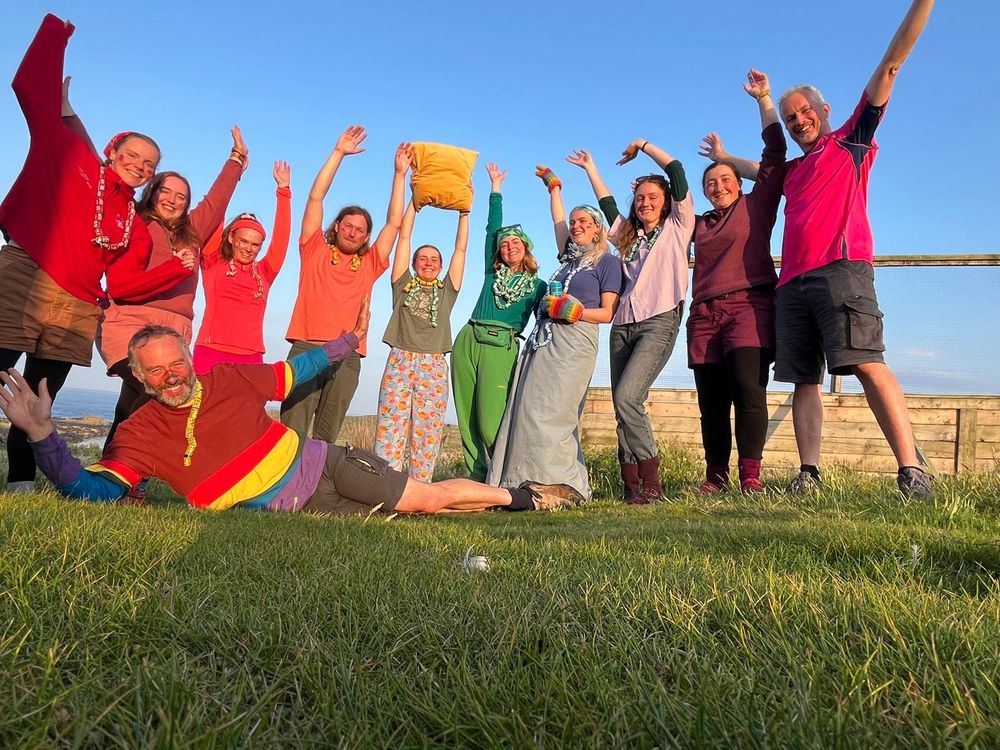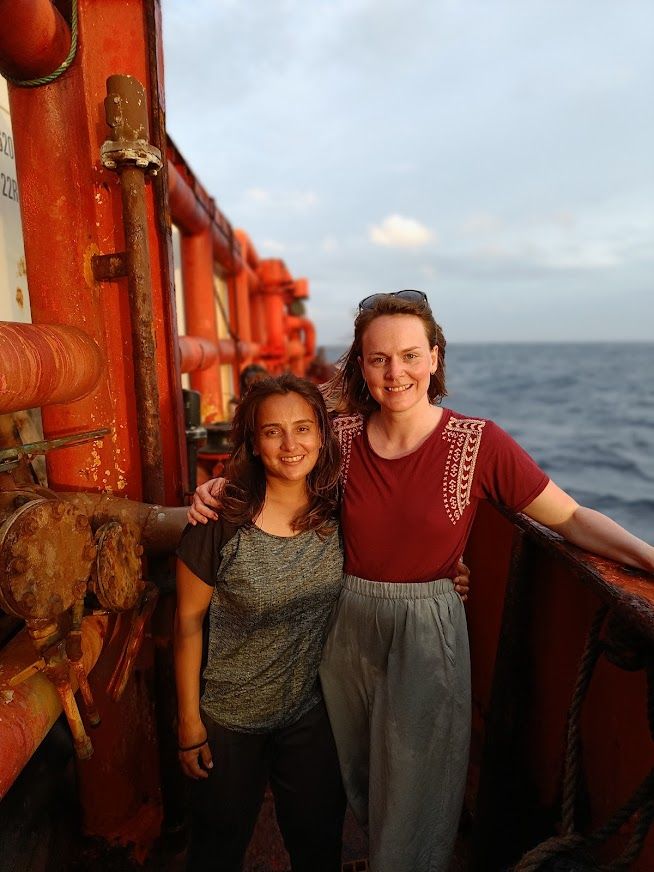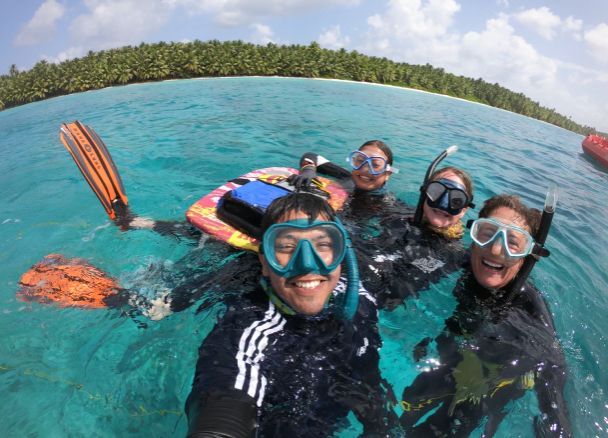Ruth Dunn
@ruthedunn.bsky.social
990 followers
360 following
32 posts
Researches marine predator movement & energetics with a focus on feathery, flying taxa
🌐 ruthedunn.com
🐧 𝘴𝘩𝘦/𝘩𝘦𝘳
📍 Montpellier
Posts
Media
Videos
Starter Packs
Pinned
Reposted by Ruth Dunn
Reposted by Ruth Dunn
Reposted by Ruth Dunn
Reposted by Ruth Dunn
Reposted by Ruth Dunn
Ade Martin
@ademartindc.bsky.social
· Aug 9

Large marine protected areas can encompass movements of diverse megafauna
Our results provide clear evidence for the value of the large scale of the Chagos Archipelago very large marine protected area (VLMPA) for protection of taxonomically diverse mobile megafauna. Furthe....
besjournals.onlinelibrary.wiley.com
Reposted by Ruth Dunn
Reposted by Ruth Dunn
Ruth Dunn
@ruthedunn.bsky.social
· Aug 8
Reposted by Ruth Dunn
Reposted by Ruth Dunn
Reposted by Ruth Dunn
Reposted by Ruth Dunn
Reposted by Ruth Dunn
Ruth Dunn
@ruthedunn.bsky.social
· Jun 30
Reposted by Ruth Dunn
Reposted by Ruth Dunn
Reposted by Ruth Dunn
André Bellvé
@andrebellve.bsky.social
· Jun 5
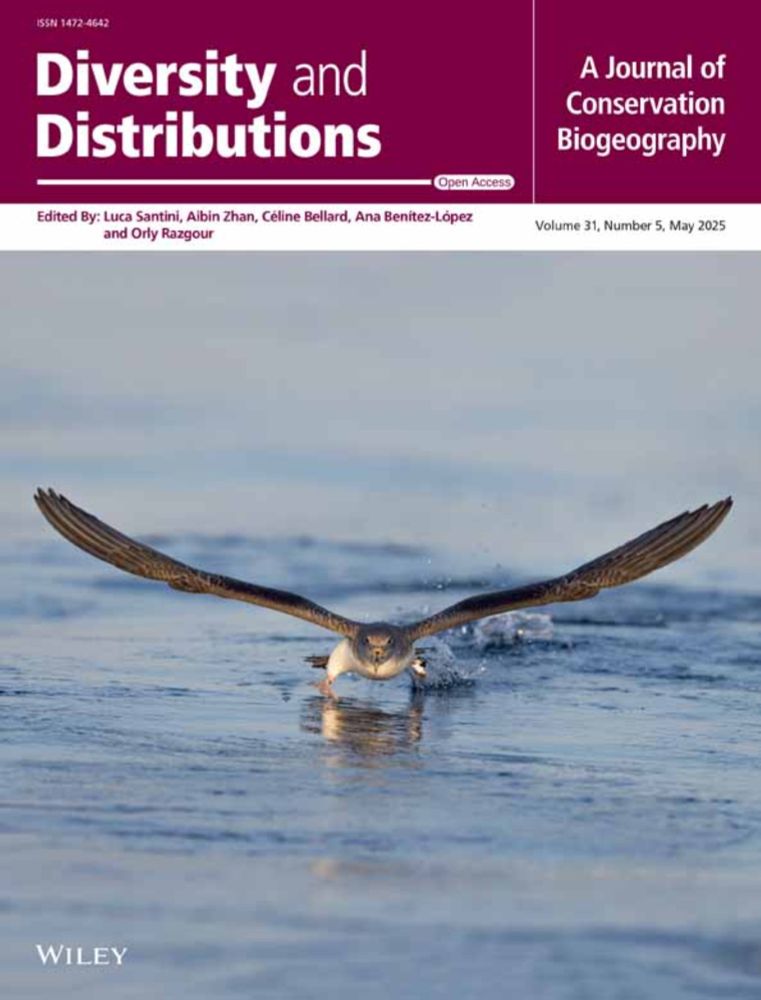
Burrowing Into the Past: Extending Niche Space Models of Procellariiform Breeding Grounds by Merging Fossil and Historic Data
Aim Predicting species' potential distributions and niches requires multi-scale data encompassing the past and present. Increasingly, researchers have advocated using historical context to inform ec...
onlinelibrary.wiley.com
Reposted by Ruth Dunn
